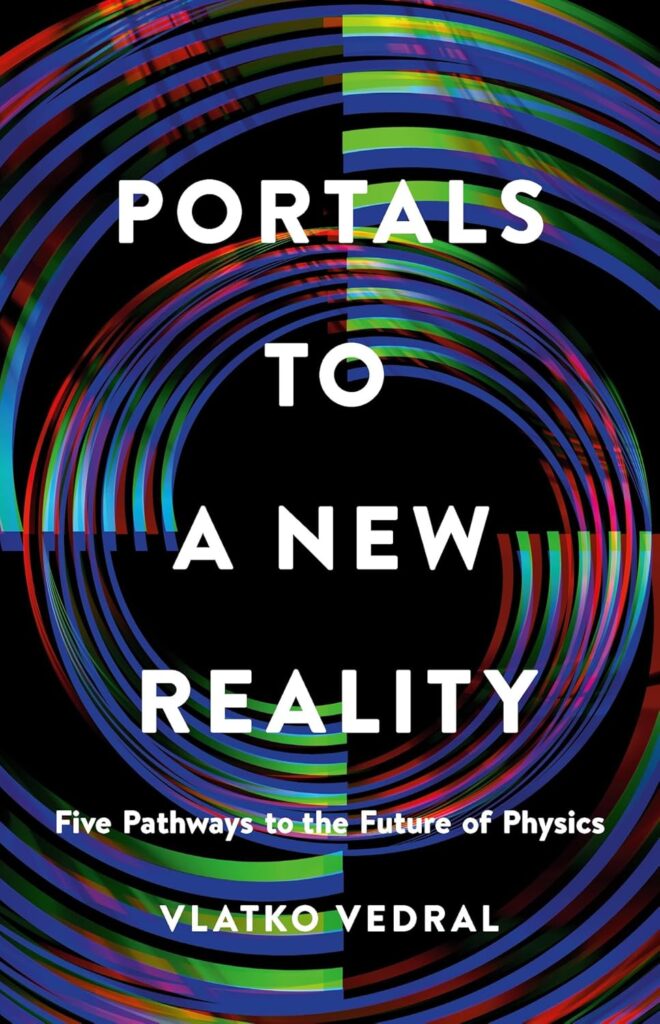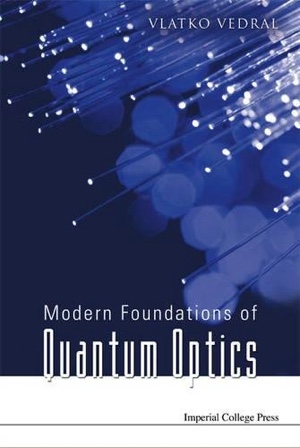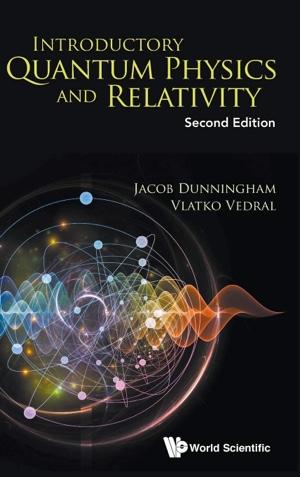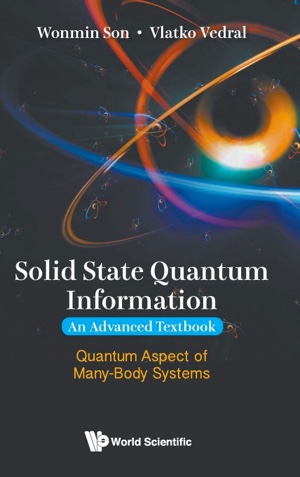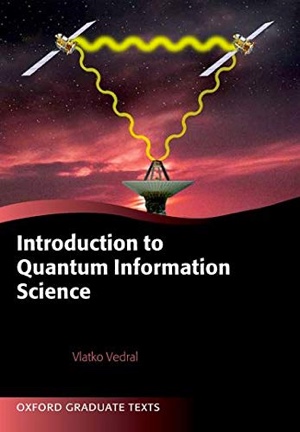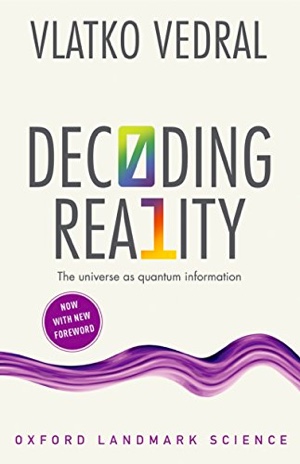As quantum mechanics turns 100, a new revolution is under way
One hundred years ago on a quiet, rocky island, German physicist Werner Heisenberg helped set in motion a series of scientific developments that would touch nearly all of physics. There, Heisenberg developed the framework of quantum mechanics. At the time, quantum theory was just a loose collection of ideas about the quirks of physics on the scale of atoms.
In June 1925, the 23-year-old Heisenberg cloistered himself on the island of Helgoland, in search of relief from a nasty attack of hay fever. With pollen scant in the sea breezes, the island, 60 kilometers off the coast of Germany, was a healing refuge. It also happened to be a distraction-free place to ponder the mysteries of atoms.
Early one morning, Heisenberg had a breakthrough. “I had the feeling that, through the surface of atomic phenomena, I was looking at a strangely beautiful interior, and felt almost giddy at the thought that I now had to probe this wealth of mathematical structures nature had so generously spread out before me,” he later recounted. “I was far too excited to sleep, and so, as a new day dawned, I made for the southern tip of the island, where I had been longing to climb a rock jutting out into the sea. I now did so without too much trouble, and waited for the sun to rise.”
Physicists are now gazing upon the dawn of a new quantum era. The work of Heisenberg and his contemporaries transformed how scientists understood matter and led to new technologies based on that understanding. Current research — what some call the second quantum revolution — involves a new level of precision control over quantum systems, including building them from scratch and wielding them as needed. Scientists are bending quantum systems to their will to push technology further and unlock secrets of the universe.
This revolution is a collective effort of physicists around the world, chipping away at different quantum frontiers. Likewise, the first quantum revolution was no one-man show. Heisenberg’s romantic and perhaps embellished narrative was only a sliver of the tale of the birth of quantum mechanics.
Upon his return from Helgoland, Heisenberg discussed his ideas with other physicists before publishing a famously inscrutable paper that July. Later, physicists Max Born and Pascual Jordan crystallized the mathematics in a paper submitted in September and in another, in collaboration with Heisenberg, in November. And physicist Erwin Schrödinger published his own influential quantum framework in 1926, which would prove mathematically equivalent to Heisenberg’s. These and many other hands turned a confusing muddle of quantum effects into a cohesive mathematical framework.
The impact quantum mechanics has had on physics is difficult to overstate.
“The theory has … been explored, developed and applied to a spectacular variety of phenomena and represents our basic current understanding of the nature of physical reality,” says physicist Carlo Rovelli of the Centre de Physique Théorique of Aix-Marseille Université in France. “It has explained phenomena ranging from the basis of chemistry to the color of objects, from the processes that give rise to the light of the sun to the formation of galaxies.”
Quantum mechanics also underlies innumerable technologies, including lasers, the transistors that are integral to smartphones and other miniaturized electronics, solar panels, LEDs, MRIs and the atomic clocks that make GPS navigation possible.
To kick-start that second quantum revolution, scientists must now harness some of the most beguiling aspects of the theory: superposition and entanglement.
In quantum mechanics, particles’ positions, velocities and other qualities are described by probabilities, not certainties. That means particles can be suspended in a weird purgatory known as a superposition. For example, a particle can have a chance of being found in one place or in another location entirely — a situation often colloquially described as being in two places at once. A hypothetical feline in a superposition of alive and dead, known as Schrödinger’s cat, highlights the utter peculiarity of this concept.
Entanglement is another mind-boggler, in which the fates of two particles are intertwined, their properties correlated in a manner impossible in classical physics. Measuring one particle in an entangled pair instantaneously reveals the state of another, even if they’re separated by a large distance.
By improving their ability to precisely manipulate superposition and entanglement, physicists are building the techniques needed to construct intricate devices such as quantum computers, which could allow for new types of calculations that are impossible with standard classical computers. Similarly, quantum sensors are beginning to enable new types of measurements, and quantum communication networks promise more secure ways to transmit information.
This revolution also has scientists closing in on some of the big mysteries of quantum physics, like whether there’s a fundamental limit to how much quantum effects can scale up, and if so, where that dividing line between quantum and classical lies. And they’re investigating how quantum mechanics can be melded with the general theory of relativity — Einstein’s theory of gravity.
Science News spoke with Vlatko Vedral and four other physicists pushing the quantum envelope to get their takes on the state of quantum science. These interviews have been edited and condensed for clarity.
Testing quantum gravity
Scaled-up quantum devices also provide the opportunity to test how quantum mechanics interacts with general relativity. The two theories are incompatible with one another and resolving that clash tops many physicists’ list of pressing problems. Vlatko Vedral of the University of Oxford is one of the physicists behind a proposal to test gravity for quantum effects. The test requires creating a superposition with an object with enough mass that its gravity will tug on another object in a superposition. That could cause the two objects to become entangled, solely due to their gravitational interaction. Confirming or refuting this effect would reveal whether gravity is quantum.
SN: What’s so fascinating about testing quantum gravity?
Vedral: Testing the quantum nature of gravity is a completely open problem. My guess is, within the next five to 10 years at most, we are going to violate general relativity. Gravity will prove to be quantum mechanical — that’s my bet. But I know that there are some formidable opponents to that view. That already tells you that this is an extremely interesting experiment to do because there is a huge disagreement about what to expect.
SN: How would you perform this test?
Vedral: You take two massive objects and put each in a superposition of being in two different states, in two places at the same time. If gravity is quantum mechanical, each of these states will gravitationally couple to each of the other states. You are basically going to have four interactions happening simultaneously. That would be my prediction and that would be the prediction of quantum gravity. However, some people believe that gravity will force these superpositions to collapse and to go into one definitive state. And that’s what the experiment is meant to test.
To me, this is possibly the most exciting experiment in physics because we’ve had a hundred years of huge successes, both quantum mechanically and in general relativity. But now we are able to test whether there will be a deviation in the domain where both really matter.
SN: What’s needed to perform it?
Vedral: There is a race going on; I think there are three or four teams trying to implement this proposal. You need a massive enough object. Rough calculations suggest a nanogram. It’s a very challenging experiment.
Click here to read the article in full.
Sign up to my substack
BOOKS
ASK ME ANYTHING!
If you'd like to ask me a question or discuss my research then please get in touch.
